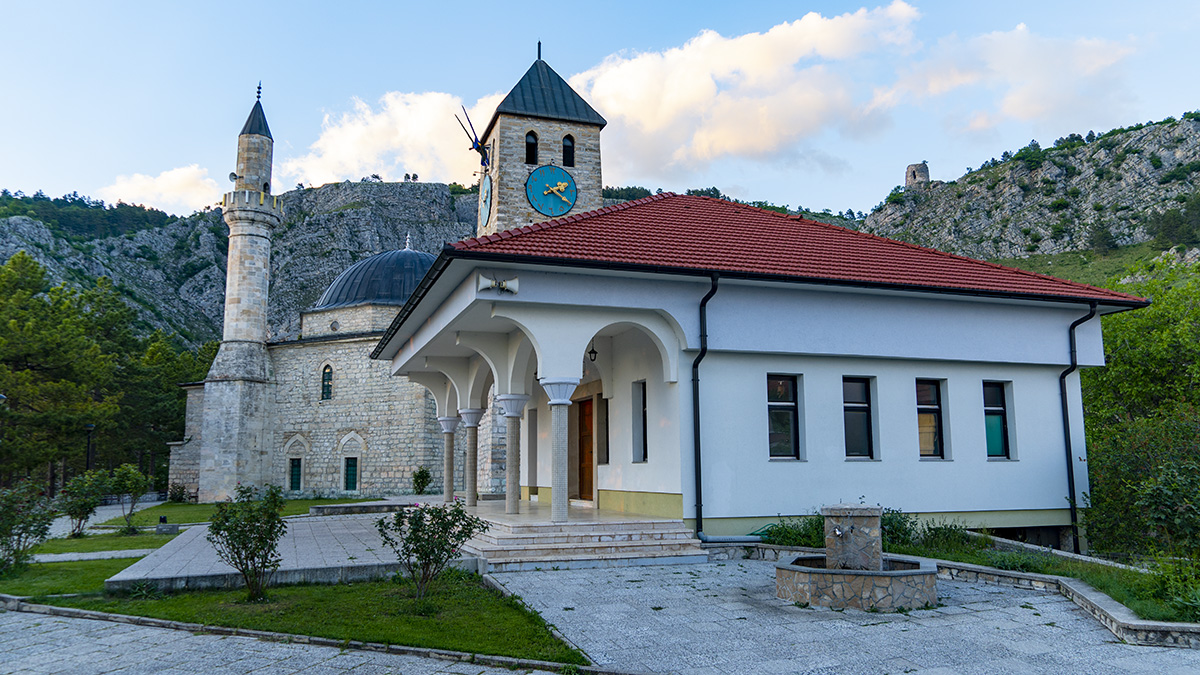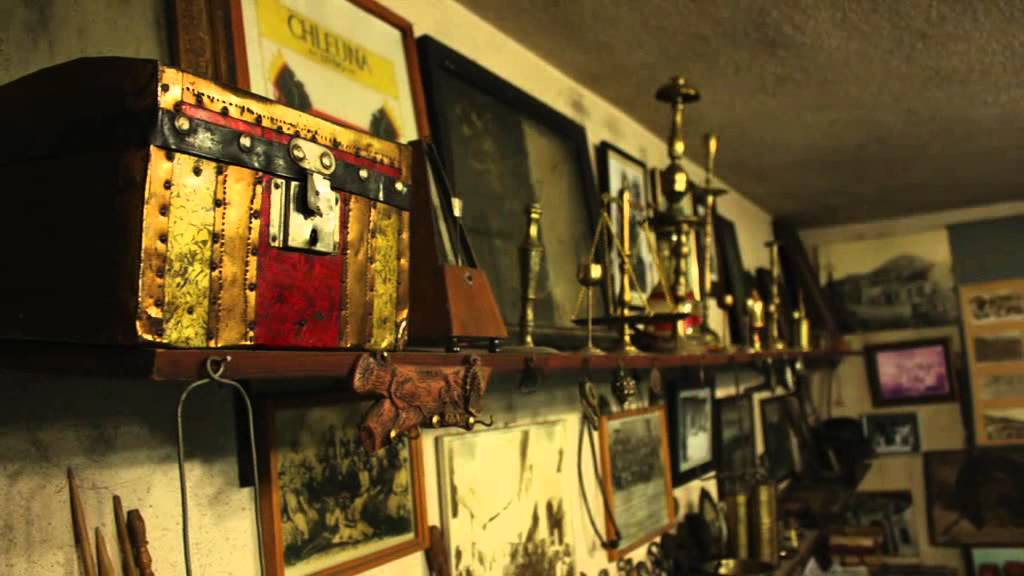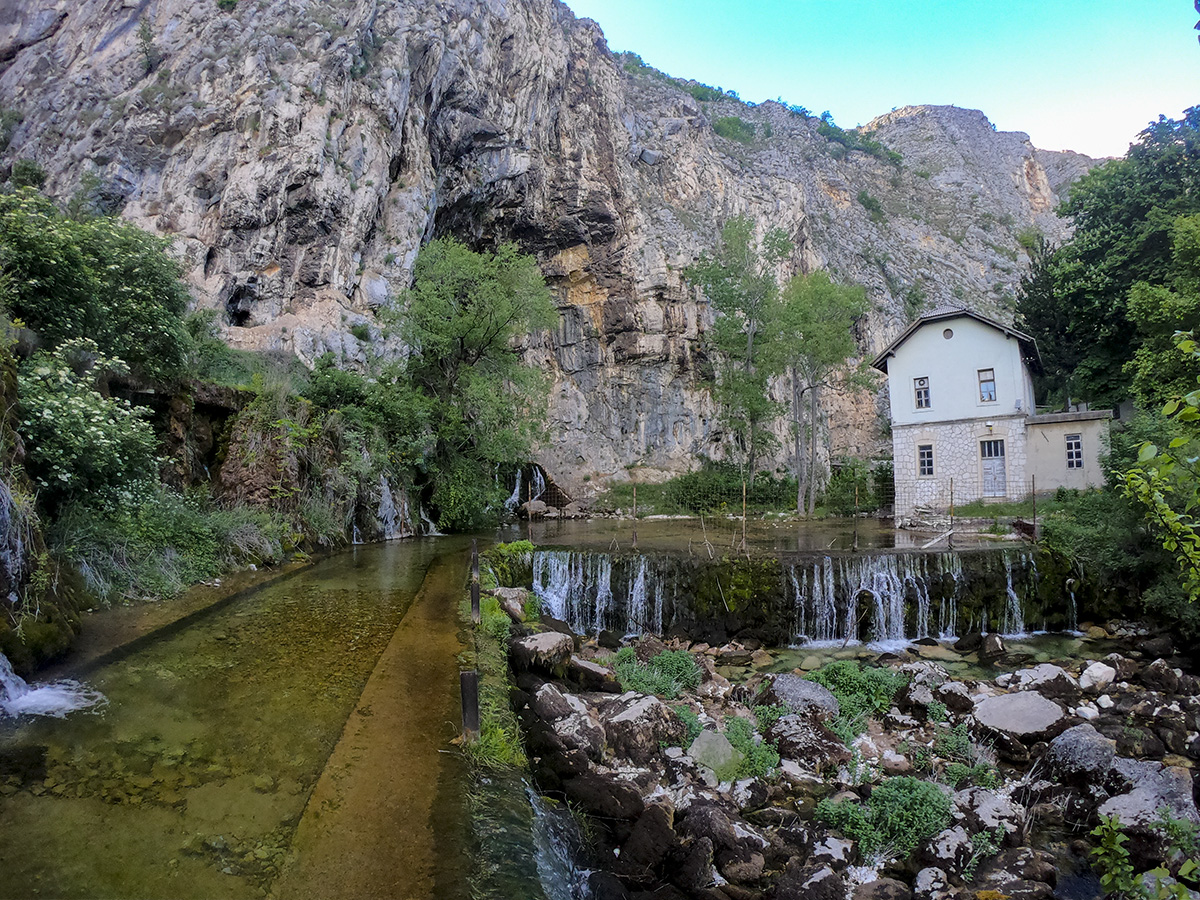Livno as a city had its best days during the 16th and 17th century, Ottoman Empire. The city of Livno was something like Dubrovnik Republic, it had important defense walls and important Ottoman architecture. Livno had 5 towers, 2 main fortresses, 1 Ottoman court, 1 Ottoman armory, 1 hamam, 14 mosques and many others. With 14 mosques this small city had most domed mosques in Bosnia & Herzegovina after Sarajevo. The old town of Livno is surrounded with water, in such a tiny area there are three sources of water. The first two are actually called by one name, Duman (Eng. Smoke / Fog), the third one is just below the old tower called Vejz Kula. The third water source is called Skoza (Eng. Goat).
Duman is named because the huge water amount makes fog and the Skoza source because it’s next to a steep cliff, where goats even nowadays climb to get salt and grass. The source of Duman is the birthplace of watermills, where people were producing many things such as flour, wool and many others. One side of the river Bistrica, where the water mills are situated, is called Begluk and the other side Prikorika.
Just by names you can know that Begluk was the part where Bosnian bays used to live and enjoy and the other side Prikorika (Eng. Across the river) was the working “water mill” class. This is not all, because in the area of Prikorika used to be a beys home and mansion. That was the home of the Firdus bay family, one of the most influential families in Bosnia and Herzegovina.






